What is the difference between Scandinavia and the Nordics?
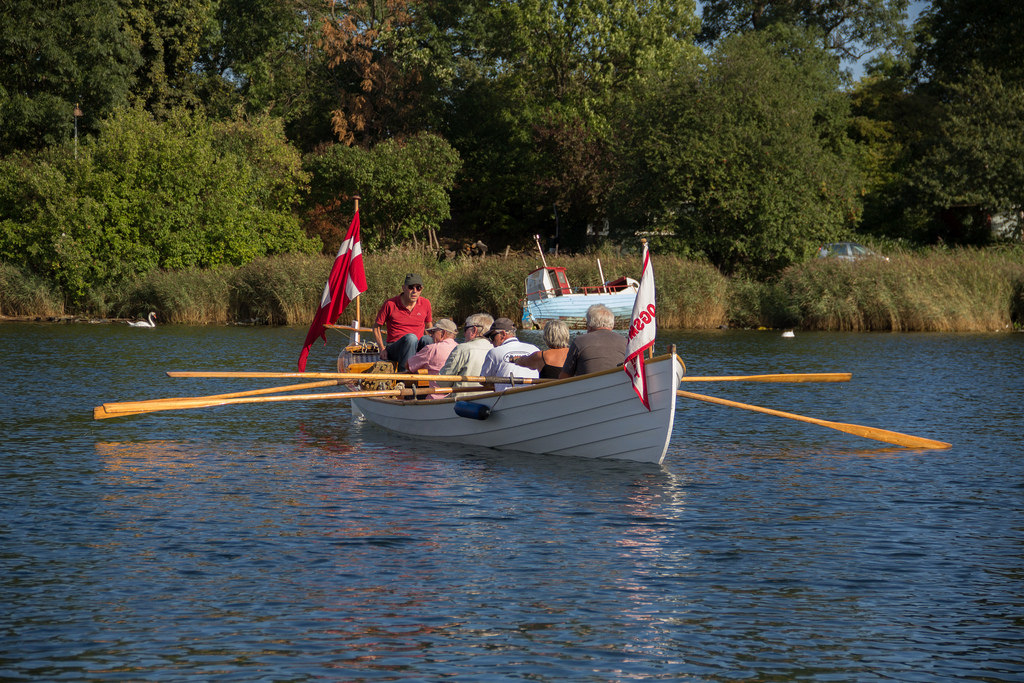
The Deutsch, who are German, are neither Danish, Dutch, Scandinavian nor Nordic. The Dutch, who hail from the Netherlands, also commonly called Holland, are neither Danish, nor do they speak Danish. This is despite a number of similarities including elements of the language, culture, and social behavior which are very close to those found across the Nordic and Scandinavian peoples. Not only are the Dutch not Danish, they also fall outside of both the Scandinavian and Nordic categories. Also, while less common, it is important to recall that the Swiss are not the Swedes as they hail from Switzerland, which is not remotely near Sweden and also falls well outside the Nordic and Scandinavian regions.
So. Now that we’ve got THAT out of the way let’s tackle one of the most common questions I’ve heard and discussed. That is the difference between Scandinavia and the Nordics. For many, and perhaps with good reason, Scandinavia is thought of as a country and comes as part of the assumption that the Scandinavian people and by extension the Nordics are essentially all more or less one and the same. Before I re-located to Scandinavia, the distinct character of the various Scandinavian countries and the sharp contrasts between their Nordic siblings was something I found deeply confusing. Luckily, I’ve had a chance to learn a bit more about them. I’d like to share those thoughts with you.
Scandinavia vs. the Nordics
The term Scandinavia encompasses the two countries that make up the near-majority of the Scandinavian peninsula and Denmark which consists of 400+ islands and the majority of the Jutland peninsula (Cimbrian Peninsula). Though Finland arguably shares the base of the Scandinavian peninsula with Norway and Sweden it is not considered a Scandinavian country. Finland also tends to be excluded because, while they do share many behavioral traits, the Finnish language and much of the Finnish cultural heritage differs widely from those of the relatively homogeneous Scandinavian countries.
Not to leave the Fins out in the cold, various secondary holdings associated with the Kingdoms of Denmark, Norway, and Sweden are also excluded from being classified as Scandinavian. These include the Danish client kingdoms of Greenland and the Faroe Islands. Iceland, which was formerly Danish but has been independent since the end of the Second World War is also excluded from Scandinavia. Some of these countries and islands, though not all, are included under the broader definition of Nordics which is a broader term but also has certain geographic elements that shape it.
These regional client kingdoms and independent nations have a long history of interaction, interconnectedness, shared culture, and core behavioral traits which make them appear homogenous to people outside the Nordic region. This has been magnified over the years by shifting borders as the scale and scope of both Denmark and Sweden’s empires were historically much larger than their current borders. While the empires have shrunk and the wars have ended, the shared cultural heritage, behavioral and economic ties remain.
Thus, when speaking about the Nordics, one is most often talking about Finland, Iceland, Norway, Denmark, Sweden, and the Faroe Islands. If you’re wondering about Svalbard – the archipelago is technically an unincorporated region within Norway which some suggest makes them Nordic. However, by most common definitions both Svalbard and Greenland are classified as outside both Scandinavia and the Nordics.
This shared identity as the “Nordics” has led to a number of treaties, agreements and alliances over the years which have further strengthened the region’s identity and helped it to compete against more populous countries in neighboring regions.
But…what about us!?
Estonia, which shares core language groups and elements of its history with Finland and the rest of the Nordics is often considered a Baltic power, but excluded from consideration as a Nordic state. Depending on who you talk to and believe, this generally upsets Estonians who in recent years have shown an interest in shifting away from being a Baltic state to become a Nordic one. Given their close ties to Finland and shared linguistic heritage, which differs from their southern Latvian and Lithuanian neighbors, this always seems like it makes a good deal of sense to me but is an idea that is widely rebuffed by the Nordic countries. Current politics aside, apparently the Estonians were also pretty fantastic Vikings during the Viking period and raised unholy hell tormenting their western neighbors…which…is really the main qualification the rest of the world uses anyhow, right?
There is also some discussion as to the identity of the Scottish, particularly the northern half of the country and the Islands (eg: Orkney, the Shetlands, etc.). While Scotland remains part of the United Kingdom and is solidly entrenched within its British identity, there has been some speculation that Scotland would petition for entrance for membership in the Nordics if it ever managed to gain complete independence. Acceptance by the other Nordic states is fairly unlikely, but you can definitely see the strong footprint left by the Norse raiders and settlers throughout northern Scotland during the Viking age. In the Scottish isles it is striking how the people, architecture, elements of the language, and mentality all share components with the Nordics.
Aren’t the Nordics essentially interchangeable?
Many, especially North Americans who are unfamiliar with the Nordic peoples, may be surprised to learn that there are striking differences within the overall “Nordic” grouping and that these differences are equally pronounced even within the relatively homogenous Danish-Swedish-Norwegian Scandinavian triangle. For the sake of general discussion, I’ll be basing these descriptions on a mixture of stereotypes and personal observations which generally seem to hold true. These are, as with any stereotype, not exhaustive or completely accurate and are bound to annoy some folks but are more or less essential for this type of macro look at the region’s peoples.
The Danes – Unlike their Norwegian and Swedish neighbors who speak in a melodic sing-song, one of the first things most people will note about the Danes is that Danish has a much more guttural and lower-pitch to it. While in Norwegian and Swedish the speaker’s tongue often dances across the top of their mouth and upper lip, Danish emanates from the back of the mouth with the speaker’s tongue confined mostly to their lower jaw and lips. This has resulted in the common observation (as much as I dislike it) that Danish sounds a bit like the speaker has a potato in the back of their throat. Danish also tends to sound fairly different depending on the region the speaker originates from with differences between Jutland (the mainland) and Zealand (the capital island) being significant enough that some foreigners will be able to hear the difference.
It is also a highly contextual language that requires great care and skill to speak. It is notoriously difficult for the Danes to understand foreigners attempting to speak Danish even when those foreigners are Norwegian (easier) or Swedes (more difficult).
The Danes are often referenced as the “latins” of Scandinavia because of their laid back approach (by Scandinavian standards) and due to relaxed rules and regulations surrounding things like alcohol. Bar and nightlife culture can also be seen as a reflection of this, as nightclubs or fancy restaurants clash with the general Danish approach towards relaxed modesty and a culture that values coziness and social intimacy. In this way the Danish cities, Copenhagen in particular, tend to be what I’ve often referenced as “Dive-bar” cities. This is also the source of Copenhagen’s reputation as a hipster mecca. However, it extends far beyond that and shapes the entire dining and social scene.
The Danes are also famous for being direct and pragmatic while having a highly organized but independent leadership and workplace style. This is true across all of the Scandinavian countries, but the time spent in establishing consensus, pre-planning, and then the level of independence expected during execution does tend to vary.
The Norwegians – Recent history has played a major role in shaping Norwegian history and culture. For a relatively large part of their history Norway was part of the Danish Kingdom (Empire?). This means that written Norwegian is essentially old-Danish and while words and slang have evolved over the last hundred years to have slightly different meanings the two languages are highly similar. Unlike written Norwegian, however, the pronunciation of spoken Norwegian is extremely different. Tone, emphasis, and pronunciation have all changed through the natural evolution of the language, cross-germination with Swedish, as well as more conscientious attempts to differentiate the languages.
Historically Norway was also one of the poorest and least developed countries in Europe. It has only been over the last 50 years with the discovery of massive oil reserves (think on-par with the Gulf States and places like Dubai), that the Norwegians have gone from one of Europe’s poorest countries to one of its richest. While the Norwegians are now sitting on a mountain of cash, they’ve maintained their conservative approach to spending and finances – a mentality not unlike that found in Americans who survived the Great Depression.
The Norwegians are very community focused although simultaneously inclined towards the stereotype of the independent and rugged mountain-person. They tend to be a bit more formal than the Danes but more relaxed than the Swedes and are a hybrid blend of attributes more commonly associated with the Danes and Swedes. The price of transport and goods (particularly alcohol) as well as the harsh northern climate and difficult to traverse coastlines have shaped Norwegian social culture. They’re also the only group of the three to reject inclusion in the EU, which further re-affirms their reputation for slightly isolationist tendencies and fierce independence. Despite this, I tend to find that the Norwegians I meet are the most friendly of the three Scandinavian peoples and have a feel of “warmth” in their way of interacting which sets them apart.
The Swedes – The Swedes have a long history of rubbing shoulders with the Danes (and as an extension the Norwegians). In previous eras this led to a lot of warfare and conflict, though most of that has now subsided into a friendly rivalry not unlike what you’ll find between American football fans. Linguistically their language is different from Danish, but still has the same Norse roots, which allow the different groups to all communicate…sometimes…and with varying degrees of success.
The Swedes are the flashiest of the three peoples and where I often describe the Danes as coffee shop and dive bar folks in temperament, the Swedes – particularly those in the major cities – might better be described as nightclub and cocktail bar people. They are more prone to vibrant colors and tend to carry themselves in a different way than their Scandinavian brothers and sisters. They also have a reputation for being the most beautiful of the Scandinavian peoples, though I suspect this has more to do with the focus on presentation than any specific physical traits.
The Swedes also have the largest and most diverse population in the region. This population is divided between a handful of population centers which are located throughout the Scandinavian Peninsula. This means that the Swedes you encounter from the South tend to be much different than Swedes you find in the far North who often share a blended heritage with Finland.
The Finns – The Finns are notorious for being the most reserved of the Nordic peoples. They are known for their extreme comfort with conversational silences and their highly skilled craftspeople. Fiercely independent, they have a reputation for being a bit quirky but in a friendly sort of way. With dangerous and powerful neighbors on either side for much of their history, they have a long and fascinating history. This helps explain part of that isolation and why they share very little when it comes to language and only slightly more core cultural elements with their Swedish and Norwegian neighbors. Even without the shared language make no mistake, they share even less with their Russian neighbors.
You’ll find that in addition to a different social structure and mentality the Finns also look somewhat different than the rest of the Nordics. This, again, is likely closely tied to their historic identity and aligns with their linguistic roots which have more in common with Hungarian than Swedish. As a cultural group the Finns tend to be relaxed but precise, an unusual combination that makes them the one Nordic group that can give the German’s a run for their money when it comes to orderly precision.
The Faroese – The Faroe Islands are small and the Faroese population is tiny. They tend to be exactly the quirky but warm folks you’d expect to meet in a small town or on a small island. They are a Nordic blend that combines elements of the Danes and the Faroese’ more populous Icelandic cousins. Given the Faroese’s membership in the Kingdom of Denmark, they tend to have quite a bit of interaction with central Denmark which further shapes their identity and culture. Though the Faroese still maintain their identity as a self-governing entity with their own unique customs.
The Icelanders – As with many of the other Nordic countries, Iceland has historically been a fairly poor nation with relatively harsh conditions. It is shaped in large part by its small homogenous population and its harsh conditions. In more recent years the combination of new technologies, resources and economic strength as well as a surge in tourism have come together to foster a highly entrepreneurial and creative population. Perhaps because of its size and the fact that so much of the nation’s population is confined to the country’s capital – Icelanders tend to be a great mix between small-town friendly and big-city hands-off.
By this I mean that many Icelanders are curious and socially involved in their social circles and community, but often take a much more open-minded approach than most peoples. This has shaped policy and made them famous for their progressive positions on controversial political and social topics.
Linguistically Icelandic is also its own unique variation of Old Norse and falls into the Western Nordic language group within the greater umbrella of the Old Germanic languages. It is, however, more closely tied to Faroese than standard Danish. This means there is some crossover with Danish but the sound, feel, and key structures are different which further differentiates the Icelandic identity. It also means that the Icelanders are one of the few groups that can partially understand and read many of the old Norse Sagas in their original form which is an awesome bragging right.
The Nordic Peoples
In summation, within the Nordic countries you have at least four distinct major language groupings which also reflect quite different cultural heritages and centuries of cultural separation. Interaction between these various groups is common place and over time they have unified due to these close associations in certain environments, but they also should not be assumed to be interchangeable. Common behavioral aspects such as a strong respect for privacy, independence, deep-seated pragmatism, blunt conversational style, and communalistic mentality is common across the various countries but the way these factors come together, and the cultural persona that blend creates, varies fairly dramatically from country to country.
From the sound of their voices to their way of socializing and engaging with each other, the Nordic peoples are a highly complex group. While not extremely populous, these countries cover massive amounts of geographic territory and have played an incredible role in the development of western civilization both in ancient times and modern day.
For the Scandinavians and Nordics reading this, I invite you to elaborate further on your own personal behavioral profiles for the region and feel free to elaborate on or disagree with the profiles I’ve outlined above. Just keep in mind that they are provided as general archetypical profiles gathered from conversations between Nordics and are not all-inclusive highly scientific country profiles.
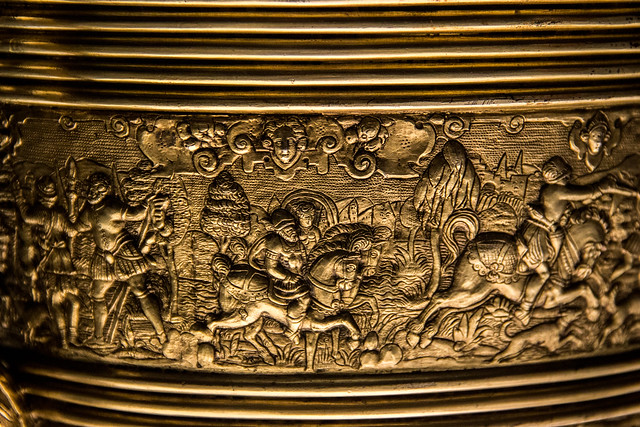
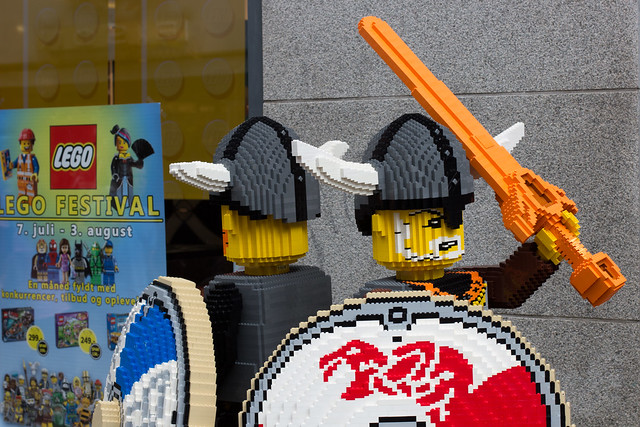

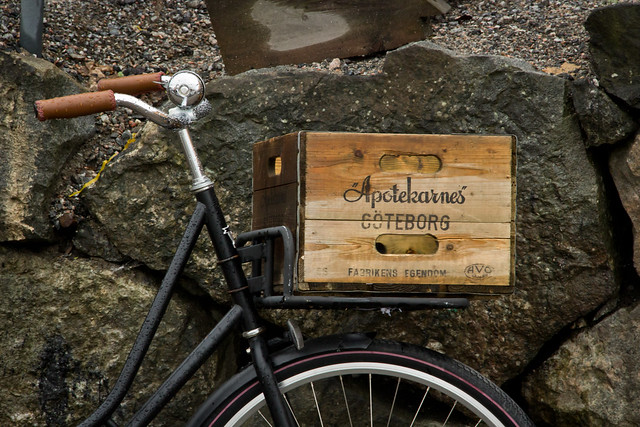
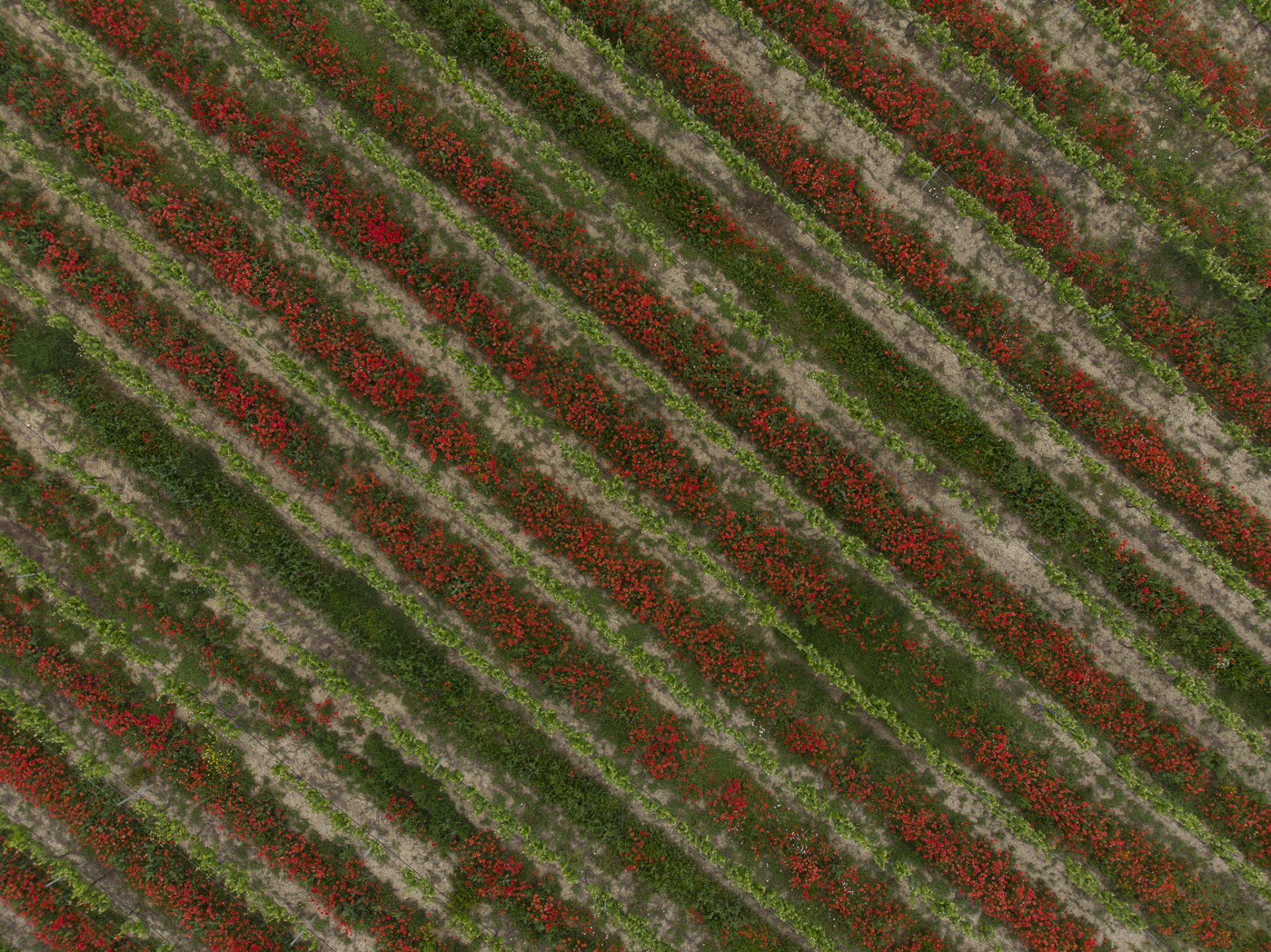
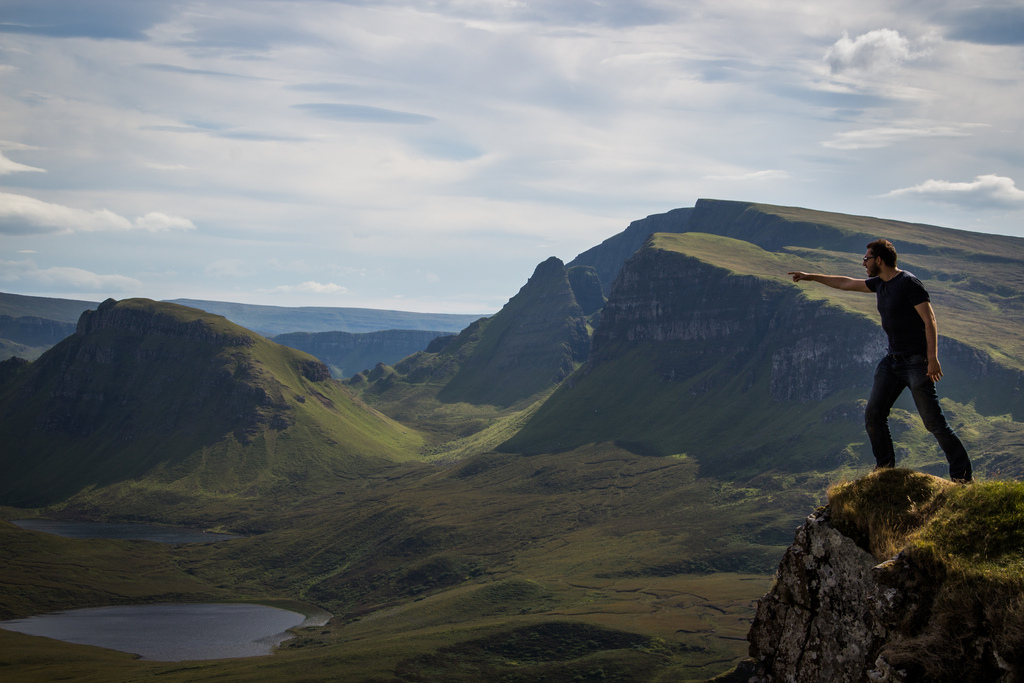
This is a great breakdown! Everything I know about the distinctions between Scandinavian, Nordic, etc., comes from TV shows like ‘Bron/Broen’ and the comic ‘Scandinavia and the World’. The latter is a really good primer presented in a cute way, and basically lines up with your conclusions.
You are a brave man, Alex, taking on this sensitive task. And it’s well done
Being Icelandic, living in Denmark with a degree from Sweden where I wrote about the Faroese, and having worked on projects in Norway, I can verify that it is mostly accurate. I am amazed how you managed to leave entirely out the law of Jante though, which does explain a lot the egalitarian culture and social norms, in particular in Denmark and Norway. That might be intentional though as maybe too much of Scandinavian culture is explained with Jante.
What I have observed is that Icelandic and Norwegian cultures are very much shaped as fisherman societies, where you need to rely entirely on weather and hunting for survival. It creates a much tougher mentality and more opportunistic, while Danes and Swedes are much softer and more social, being shaped much more as a farming culture. Norwegians are somehow the perfect mix of the two, taking the best of both worlds. Icelanders on the other hand are anti-jante and lack in general organizational skills. Which is good for creativity
The only place where I might disagree with you is in your analysis of the languages. All the Nordic countries except Finnish speak a language deriving from Old Norse. Icelandic being so close to the original one that we can still read the texts and Faroese being very close as well with just a little more Danish influence. We (Icelanders and Faroese) can read each others texts but only partially understand the spoken language. Norwegian is though closer than Danish but all three Scandinavian languages are pretty much just dialects. With a little effort, they can all understand each other. Sometimes local dialects differ more than the neighbouring language, specially in Norway.
Personally, I would have welcomed the Scots as one of the Nordic countries, and I think most people would have. Even though they are a bit of hooligans they do have a lot in common with the Nordics – and are half Nordic and half Gaelic. Which Icelanders are pretty much too, with all their Scottish and Irish slave heritage. And the Shetlands are purely Nordic. Greenland, Estonia, Latvia and Lithuania we also see as part of the extended Nordic family
Still, Denmark was NEVER an empire!
A good analysis which I mostly agree with. However, this geographic description is a bit off:
“The term Scandinavia effectively encompasses the three countries which rest on the Scandinavian peninsula excluding Finland which sits at the base of the peninsula.”
Norway and Sweden constitute the Scandinavian peninsula. Denmark is an assorted mix of islands and a peninsula of its own.
Absolutely right. Had a silly mind slip there. Thanks! It has been corrected.
Nice sharing, i doubted about the picture with violin, is it a painting?
Yes, a photo of a painting =)
So many differences between people in such a small region – that’s why I love Europe!
Extremely well written, Alex. You really give a great “big picture” summation for foreigners visiting the region and given the remarks above from natives, I salute You.
Thanks Carlos!
Yay Alex!!! Just married a Dane haha and I can’t wait to flaunt what all I know now!!! Thanks to your incredible skills of simplified writing!!!
<3
Thanks Diya and congrats! Make sure to check out my Denmark 101 video series on YouTube as well =)
Thanks Alex,
I am looking at expanding my business to include the Nordic region. You have provided pure insight into the area. Really helpful explanation into the differences among the populations.I appreciate the historical perspective. Well written, well done!
That’s great to hear, thank you for the comment and feedback Ann! Apologies on the tardy response. I hope the expansion goes well!
Finland is in Fenno-Scandinavia so I consider Finland to be a part of Scandinavia.Actually there are some debates about this topic in Finland,but I think it depends on how you define Scandinavia.If Scandinavian culture solely refers to the Norse culture or those that are similar,then Finland may not fit in.However,I think Scandinavia is a geographical term,that Finland should be included in Scandinavia though the origin and language may be different .Finnish and Sami people arrived at the ‘Finnmark’ and modern Finland,and settled there earlier than all other Indo-European Scandinavian,so you can say Finns and Samis are the first people who populate Northern Europe(or Scandinavia depends on what you think).
Finns should have entered Europe about 12,000–14,000 years ago from Asia while the first inhabitants of Norway were the Ahrensburg culture (11th to 10th millennia BC).
Great historical background. Thank you!
Finns are more slavic. They are from the Baltic countries. They even look different than Swedes, Danes, or Norwegians.
Actually Greenland has representation on the Nordic Council separate from Denmark (as do the Faroe Islands), and as such should be included in this article/discussion. The Åland Islands also have representation separate from Finland, and are perhaps worth a mention as well. Estonia, Latvia, Lithuania and Schleswig-Holstein (northern province of Germany with sizable Danish speaking population) are recognized as honorary members with observer status.
Great insights! Thank you for sharing!
Roger G. Barrisdale
I was told by a Scottish man at the head of Loch Hourn, Scotland; that my family surname means Farming Valley in Old Norse. And that Vikings settled in that area of the Scottish Highlands. There is a Swedish
saying (excuse spelling) Danska Folke prata med potatis pa mun.
My moms parents were from Stockholm and Filipstad, Varmland. I studied one year at Uppsala University in Sweden.
I enjoyed the article and comments very much. Found it very interesting. Hej Hej.
Even though the Netherlands isn’t considered to be in Scandinavia, the people and culture are very much Nordic, especially the Frisians, who are also mentioned within several old stories and poems like Beowulf and Grendl.
In the old days the Frisians had lots of minor kingdoms and tradeposts throughout different parts of Scandinavia, and islands like Svalbard were once under Dutch rule.
The Frisian tribes not only originally come from the Danish peninsula, like most other Nordic tribes, they also still speak a language that is very much related to Danish and Middle Anglo Saxon.
We also share a lot of cultural behaviors, have a lot of the same folklore, and we used to adhere to the same pantheon of gods.
Dutch and Frisian in their written forms are also quite similar to the other North Germanic languages.
They aren’t completely mutual intelligible when spoken, but one can get a general idea of what the other person is talking about, when spoken slowly in their most standard form.
The Dutch have way more in common with the other Scandinavians than the Suomi (Finland) people have, and the country itself is much closer to Scandinavia then for example Iceland is.
We also have cold winters, snow and ice, and sometimes even see the marvelous northern lights in our country.